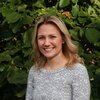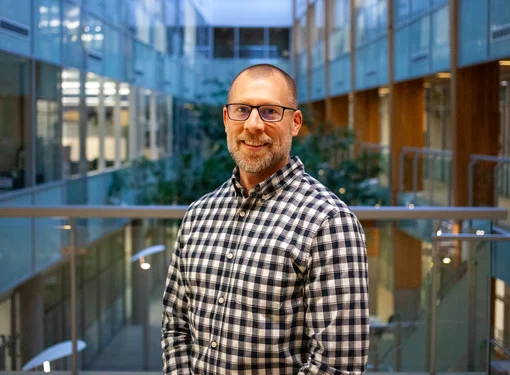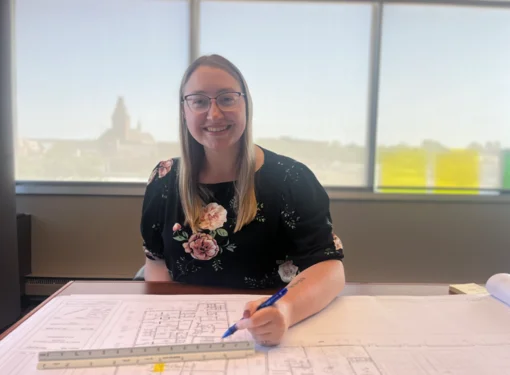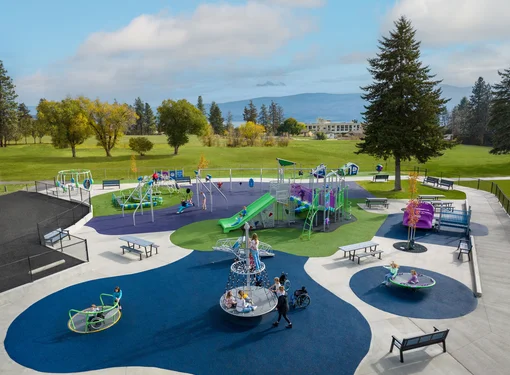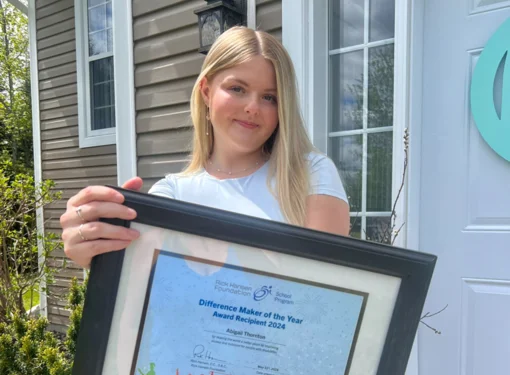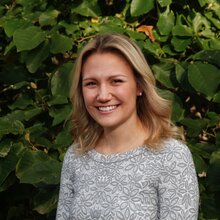RHFSP Webinar Recap: The Importance of Inclusion in Sport and at School
In the leadup to the 2024 Paris Paralympic Games and Pink Shirt Day, the Rick Hansen Foundation School Program (RHFSP) was excited to be able to host a webinar entitled Paralympic Perspectives:
The Importance of Inclusion in Sport and at School.
“I firmly believe that movement is medicine. And each of us who can move our bodies in whichever way we can move our bodies, we should,” Bean Gill, opened the conversation. “Let's make exercise and being healthy accessible to all.”
The lineup of speakers included:
- Josh Vander Vies, Paralympian in Bocce and Co-Chef de Mission for the 2024 Paralympic Games (panelist)
- Teri Thornson, Paralympian and Manager of RHFSP (panelist)
- Bean Gill, Rick Hansen Foundation Ambassador (moderator)
A wide range of topics were discussed, and a summary is provided below. If you want to watch the whole panel, please check out the recording below.
Community in Sport
Both Teri and Josh found community in sport. Josh, who was born without legs or arms, remembers being included from an early age through sport – both marbles and Four Square.
“At our elementary school we would always be playing the game of Four Square,” Josh explained. “I would just be in my wheelchair or on the ground. We were laughing and giggling, but when I think back on that, I remember it was so fun to just be around my friends.”
This was just the beginning. After learning about paralympic sport, where Josh would be able to compete with others with similar disabilities, Josh’s father put him on the local swim team.
“I fell in love with competing against myself, and improving my time, then I realized I could beat others and it was great,” Josh explained. “Then I just kept trying new sports. And eventually I found Bocce. It’s all about outsmarting and outperforming your opponent. It’s a lot like chess.”
En route to Bocce, Josh tried other sports including shot put and discus, but he fell in love with Bocce. Finding Paralympic sport provided an outlet where Josh was fully included and a part of a community.
Teri, after acquiring her spinal cord injury in her 20s, also found community through sport – but it wasn't an easy transition.
“In school I really hated sport. I was terrible. Last person picked on every team, no-one wanted me to play on their team, I felt humiliated all the time,” she said. “After my injury people were trying to convince me to try wheelchair sports. One day I decided to try it. It was the exuberance of a volunteer who was kayaking who convinced me to try.”
This decision changed everything for Teri.
“I had so much fun,” she said with a smile. “So, the fact that I had a really good time made me think, well, I wonder what else I'm missing out there. So, then I started trying many different things and found racing, and one thing I loved about racing was that it was inclusive. I didn't feel any different than anybody else who was on the track.”
Track brough together people with a variety of disabilities and those without disabilities, something that made Teri feel increasingly included.
“Although we don't compete in the same division, we're all out there together and it was a really social community,” she said.
Lean In
“I'm not afraid to try anything that is out there now. The opportunities are endless for everyone – whether or not you have a disability,” Teri said. “The things I’ve learned are hard work and sacrifice. I can do anything that I set my mind to. That's how I live now.”
Sport opens doors and teaches individuals so much about life. Josh encouraged all audience members to try the things that scare them, it could lead to incredible opportunities. We just need to try.
“I say lean into fear. There's lots of fear and it’s so scary to figure out if something is going to work. The scariness is why inclusion in sport is so fun and so powerful,” Josh said. “If you have the courage to figure something out, fail, try something else, fail, then try something else and succeed. It's amazing.”
Reducing Barriers in School
“My challenge for you to take as a person, class, or school is to make a difference in inclusion,” Bean said to all those participating in the webinar.
So where can we start? One way is to begin by identifying barriers.
“First, we need to be able to identify the barriers, then come up with solutions. Any field trip or any activity,” Teri said. “It starts with kindness and involving people with disabilities. You need to ask them and have them lead the way on what they need themselves.”
While it can seem overwhelming to eliminate barriers, Teri and Josh agreed that it would be more palatable to simply reduce barriers, one at a time.
“We need to try more and more,” Josh said
It can be scary to speak up or know where to begin. That’s why communication with people with disabilities and their families is key in the beginning.
“I think the best advice for educators is having conversations with parents, the student, and finding out how to reduce the barriers for them.”
It takes courage to work to reduce barriers and ensure everyone can participate fully in sport. As Bean said, “When we can find our courage and bravery, which we all have within us, we can do incredible things.”
Do you want to learn more about how to create an accessible and inclusive classroom? Visit RickHansen.com/Schools to download our resources, be a Difference Maker, or book an Ambassador presentation.

